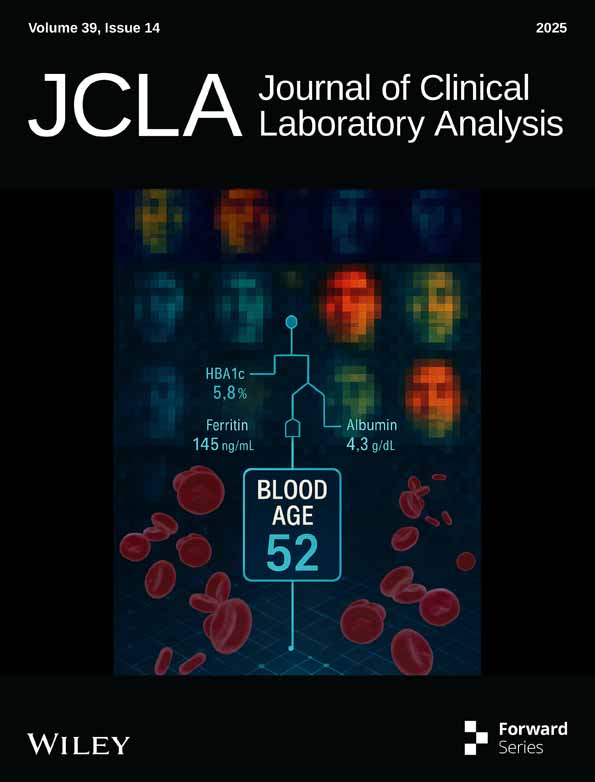Further characterization of the plasma lipoprotein(a) distribution
Abstract
The plasma lipoprotein(a) [Lp(a)] distribution in caucasians is heavily skewed to the right, with evidence of bimodality. As there is a well-described inverse relationship between apolipoprotein(a) [apo(a)] size and Lp(a) concentration, it is likely that the presence of multiple apo(a) isoforms of differing frequency has a significant impact on the final distribution of Lp(a) concentrations. We have previously described an immunoblot method for examining the relationship between apolipoprotein(a) [apo(a)] size and lipoprotein(a) [Lp(a)] mass among samples heterozygous for apo(a) size, thus eliminating confounding by null or undetected apo(a) isoforms. In the present study, this method has been applied to examine the plasma Lp(a) distribution, independent of the effects of apo(a) isoform size and frequency. Seventy subjects heterozygous for apo(a) size were studied. To take into account the inverse relationship (P <0.001) between apo(a) isoform size and Lp(a) concentration, Lp(a) data associated with each apo(a) isoform were normalized as multiples of the median Lp(a) concentration for that isoform. These apo(a) isoform-independent Lp(a) data demonstrated a strikingly multimodal distribution, with five major peaks. The relative frequencies of Lp(a) peaks 1–5 were 17.1%, 15.0%, 35.7%, 23.6%, and 8.6%, and associated median Lp(a) concentrations were 1.0, 6.2,15.0, 21.8, and 39.6 mg/dL, respectively. Multivariate analysis demonstrated that apo(a) isoform size accounted for 23% and isoform-independent Lp(a) peaks for 59.5% of the variation in Lp(a) concentration. Further investigation of the characteristics of the apo(a) isoform-independent Lp(a) distribution is warranted.




